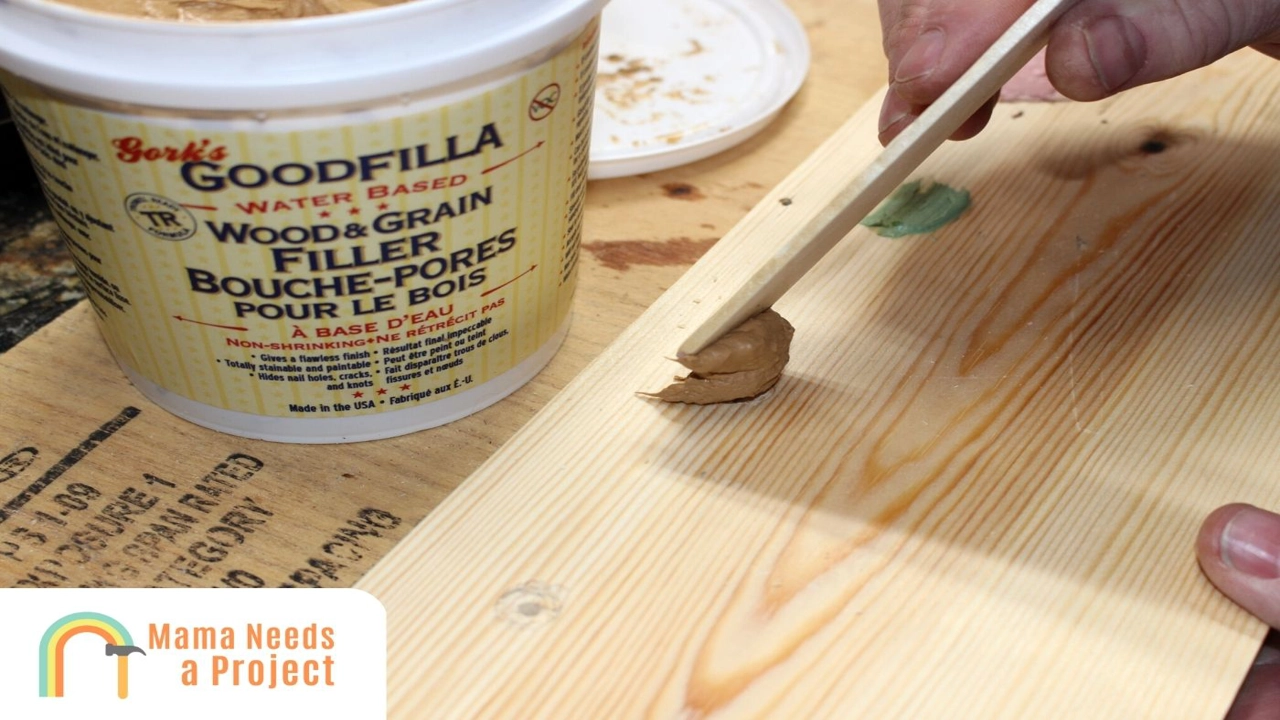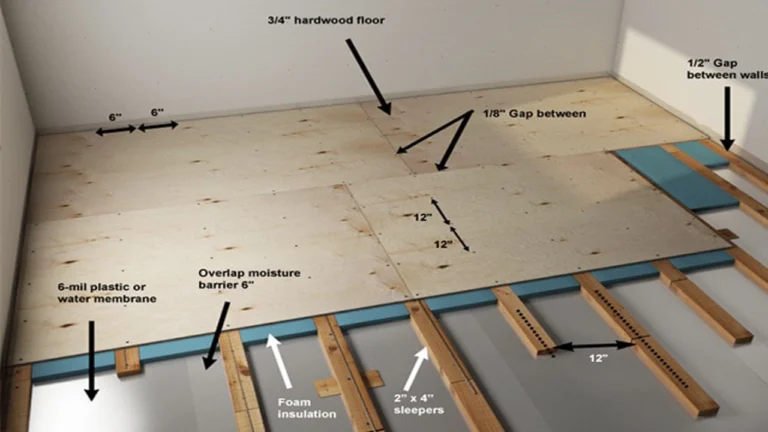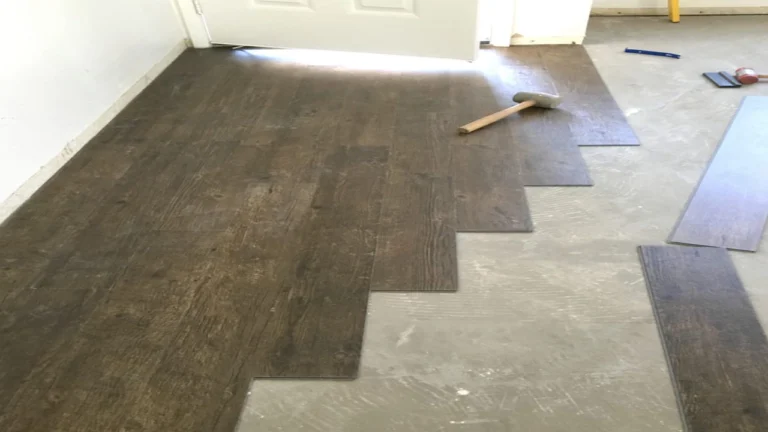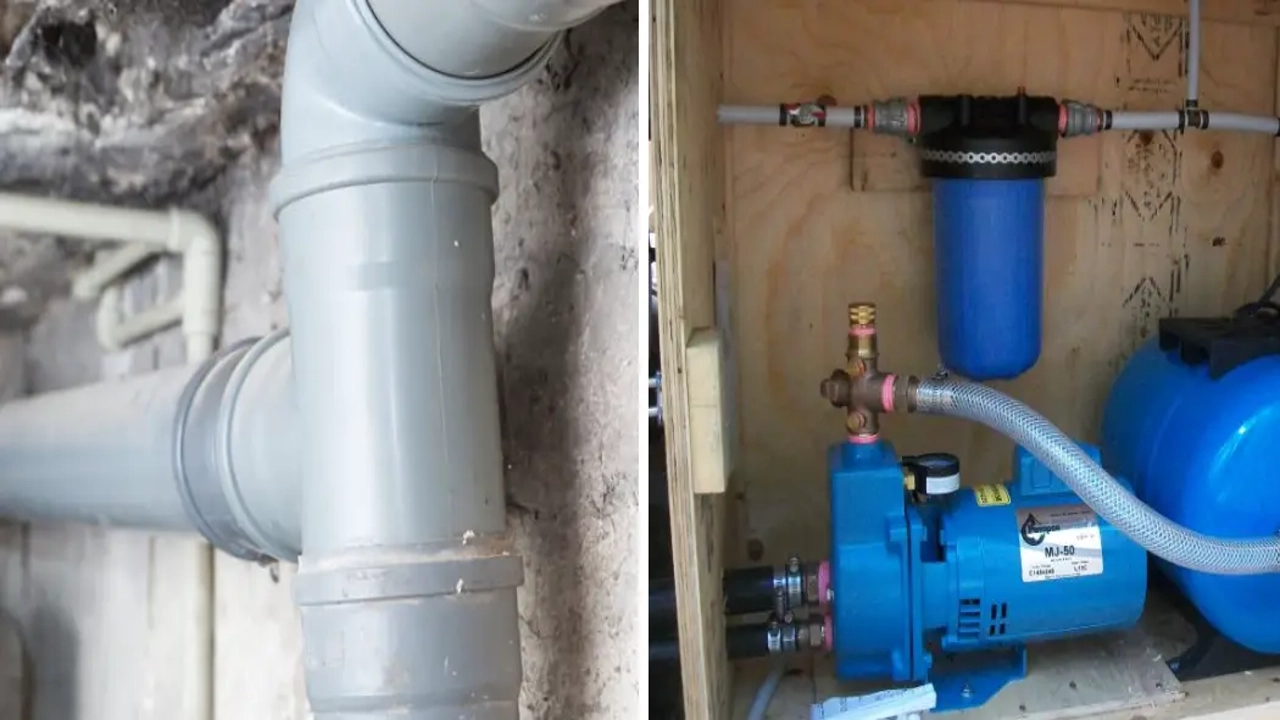Dry time revealed how long does wood filler take
How long does it take for wood filler to dry? This is a common question for DIYers and woodworkers alike. The drying time for wood filler varies depending on several factors, including the type of filler, the ambient temperature, and the humidity. Most wood fillers will dry to the touch in 30 minutes to an hour, but it’s essential to check the manufacturer’s instructions for specific drying times.
To ensure a smooth and durable finish, it’s generally recommended to wait at least 24 hours before sanding or painting over the filled area. This allows the filler to fully cure and harden, preventing cracking or chipping.
wood filler drying time the shocking truth

Wood filler is a versatile product used to repair cracks, holes, and imperfections in wood surfaces. It comes in various forms, including paste, putty, and epoxy, each with its own drying time. Knowing how long does it take for wood filler to dry is crucial for achieving a smooth and professional finish.
Factors Affecting Wood Filler Drying Time
Several factors influence the drying time of wood filler, including:
- Type of Wood Filler: Different types of wood filler have different drying times. For example, oil-based wood fillers typically take longer to dry than water-based fillers.
- Temperature and Humidity: High temperatures and low humidity accelerate drying, while cooler temperatures and high humidity slow down the drying process.
- Thickness of Application: Thicker layers of wood filler take longer to dry than thinner layers.
- Ventilation: Good ventilation can help the wood filler dry faster.
- Manufacturer’s Instructions: Always refer to the manufacturer’s instructions for specific drying times.
Common Wood Filler Drying Times
Here’s a general guideline for how long does it take for wood filler to dry:
- Water-based wood filler: Typically dries within 30 minutes to an hour.
- Oil-based wood filler: Can take several hours or even overnight to dry completely.
- Epoxy wood filler: Usually takes 24 hours to cure completely.
Tips for Speeding Up Drying Time
If you’re in a hurry, you can try these tips to speed up the drying time of wood filler:
- Use a hairdryer: Gentle heat from a hairdryer can accelerate the drying process.
- Improve ventilation: Open windows or use a fan to circulate air.
- Apply thin layers: Thin layers of wood filler will dry faster than thick layers.
How to Tell If Wood Filler is Dry
Here’s how to determine if wood filler is dry enough to sand or paint:
- Touch Test: Gently touch the surface of the wood filler. If it feels dry to the touch, it’s likely ready.
- Visual Inspection: Look for any signs of wetness or stickiness. If the surface appears dry, it’s probably ready.
- Time Test: Refer to the manufacturer’s instructions for the recommended drying time.
What to Do If Wood Filler Takes Too Long to Dry
If your wood filler is taking too long to dry, you can try these steps:
- Check the temperature and humidity: Ensure the room is well-ventilated and at a comfortable temperature.
- Use a heat lamp: A heat lamp can provide gentle heat to speed up drying.
- Wait patiently: If the wood filler is still wet, wait a little longer and check again later.
Common Mistakes to Avoid When Using Wood Filler
- Applying too thick a layer: Thick layers of wood filler can take a long time to dry and may crack or shrink.
- Not sanding properly: Before applying wood filler, sand the surface to create a good bond.
- Using the wrong type of wood filler: Choose a wood filler that is compatible with the type of wood you are working with.
Important Considerations for Wood Filler Drying
- Safety: Always wear a mask and gloves when working with wood filler. Some types of wood filler contain chemicals that can irritate the skin and eyes.
- Clean-up: Clean up any spills or messes immediately. Wood filler can be difficult to remove once it dries.
Frequently Asked Questions
- How long does it take for wood filler to dry in a humid environment? Wood filler takes longer to dry in a humid environment. Consider using a dehumidifier or waiting for a drier day.
- Can I speed up the drying time of wood filler by using a heat gun? Using a heat gun can speed up the drying time of wood filler, but be careful not to overheat the wood.
- How long does it take for wood filler to dry in a garage? The drying time of wood filler in a garage depends on the temperature and humidity. Garages tend to be cooler and more humid than indoor spaces, so the drying time may be longer.
Conclusion
Knowing how long does it take for wood filler to dry is essential for successful woodworking projects. By understanding the factors that influence drying time and following the manufacturer’s instructions, you can ensure a smooth and professional finish.
Remember, patience is key! Don’t rush the drying process, as this can lead to cracking or other problems. With a little care and attention, you can enjoy the benefits of using wood filler to repair and enhance your wood surfaces.
Related Searches:
- how long does it take for wood filler to dry completely
- how long does it take for wood filler to dry in the sun
- how long does it take for wood filler to dry in a humid climate
- how long does it take for wood filler to dry for sanding
- how long does it take for wood filler to dry for painting
- how long does it take for wood filler to dry after sanding
- how long does it take for wood filler to dry for staining
- how long does it take for wood filler to dry before painting
- how long does it take for wood filler to dry before staining
- how long does it take for wood filler to dry before applying varnish
- how long to let wood filler dry before sanding
- how long to let wood filler dry before painting
- how long to let wood filler dry before staining
- how long to let wood filler dry before varnishing
- how long to let wood filler dry before applying polyurethane
wood filler drying time shocking truth revealed
Working on a woodworking project and need to fill in those pesky gaps or holes? Wood filler is a lifesaver, but it can be frustrating waiting around for it to dry. You might be wondering, “How long does wood filler really take to dry?” The answer is a little more complicated than you might think. It’s not always a simple one-size-fits-all answer.
Factors That Affect Wood Filler Drying Time
When it comes to wood filler drying time, “the shocking truth” is that it can vary a lot depending on several factors:
- Type of Wood Filler: There are different types of wood fillers on the market, each with its own drying time. Oil-based fillers generally take longer than water-based ones.
- Filler Thickness: A thicker layer of wood filler will obviously take longer to dry than a thin layer.
- Temperature and Humidity: Warm, dry conditions speed up drying time. Conversely, cold, humid conditions will slow it down.
- Ventilation: Good air circulation helps the wood filler dry faster, so make sure your workspace is well-ventilated.
- Brand and Specific Instructions: Always check the manufacturer’s instructions on the wood filler product you’re using. They’ll usually give you a recommended drying time.
The Shocking Truth About Wood Filler Drying Time: It Can Be Longer Than You Think
Let’s face it, we all want our projects to move along quickly. But sometimes, “wood filler drying time the shocking truth” is that it can take longer than you expect, especially with oil-based fillers. Patience is key, and rushing the process can lead to problems.
Tips for Speeding Up the Drying Process
If you’re eager to move on to the next step of your project, here are a few tips to help wood filler dry faster:
- Use a hairdryer: A hairdryer on a low heat setting can gently warm the wood filler, speeding up the drying time.
- Increase ventilation: Ensure good air circulation around the wood filler by opening windows or using fans.
Wood Filler Drying Time: A Quick Guide
Here’s a general guideline for drying times, but always check the specific instructions on your wood filler:
- Water-based wood filler: Typically dries in 30 minutes to 2 hours.
- Oil-based wood filler: Can take anywhere from 4 to 24 hours.
Avoiding Common Wood Filler Drying Time Mistakes
You can avoid disappointment and frustration by knowing these common pitfalls:
- Not checking the specific drying time: Every wood filler is different, so always refer to the manufacturer’s instructions.
- Applying a thick layer: Thicker layers take longer to dry. It’s best to apply thin coats, allowing each one to dry completely before adding more.
- Rushing the drying process: Applying heat or excessive force to speed up drying can cause the wood filler to crack or become uneven.
The Importance of Patience
Remember, “wood filler drying time the shocking truth” is that it’s a waiting game. Let the wood filler dry properly to ensure a smooth, durable finish. You don’t want to ruin your project by rushing it.
Related Search Queries:
- How long does wood filler take to dry completely?
- How to speed up wood filler drying time?
- Wood filler drying time chart?
- What is the best wood filler for fast drying?
- Does wood filler dry faster in the sun?
- How long to wait before sanding wood filler?
- How to tell if wood filler is dry?
- Wood filler drying time in humidity?
- Can you use heat to dry wood filler?
- Wood filler drying time for different woods?
Wood Filler Drying Time: Your Questions Answered
Q1: How long does it generally take for wood filler to dry?
A1: The drying time for wood filler varies depending on the type of filler, brand, temperature, humidity, and thickness of the application. However, most wood fillers take between 30 minutes and 2 hours to dry enough for sanding.
Q2: Is there a way to speed up the drying process?
A2: Yes, you can speed up the drying process by:
- Applying a thin layer: Thinner layers dry faster.
- Using a hairdryer: A hairdryer on a low setting can gently warm the filler and accelerate drying.
- Improving ventilation: Ensure good airflow around the filler.
- Increasing temperature: A warmer room will encourage faster drying.
Q3: How do I know when the wood filler is dry enough to sand?
A3: You can test the dryness by gently pressing your finger on the filler. If it feels firm and doesn’t leave an imprint, it’s likely dry enough for sanding.
Q4: What happens if I sand too early?
A4: If you sand too early, the filler might still be soft and could be removed or smeared, leaving an uneven surface.
Q5: What if the wood filler never seems to dry completely?
A5: This could be due to several factors:
- Excessive humidity: Check the humidity levels in your room and try drying the filler in a drier environment.
- Thick application: If the filler is applied too thickly, the inner layers may never completely dry.
- Incorrect product: The filler might be a different type than you intended (like epoxy filler). Check the product instructions.
Q6: Should I seal the wood after filling?
A6: Sealing the wood after filling can prevent moisture absorption and further protect the wood. This is especially important in areas prone to moisture.
Q7: Can I apply paint or stain directly over wood filler?
A7: You can apply paint or stain over wood filler, but it’s crucial to ensure the filler is fully dry and sanded smooth. If the filler is not properly prepared, the paint or stain might not adhere correctly.
Q8: What if the wood filler is cracking after drying?
A8: Cracking can occur due to improper preparation, too thick a layer, or incorrect filler selection. Consult the product instructions and use a filler specifically designed for the type of wood and application.
Conclusion
In conclusion, the drying time for wood filler can vary depending on the specific type of filler, the ambient temperature, and the humidity levels. While most wood fillers will dry within a few hours, some may require up to 24 hours for complete hardening. Remember to check the product instructions for the specific drying time recommended for your chosen filler.
By understanding the drying time of wood filler, you can ensure proper application and avoid any unnecessary delays in your woodworking projects. We encourage you to share your experiences with wood filler drying times in the comments below. And if you found this post helpful, please share it with your friends and family on social media so they can benefit from this valuable information as well.






